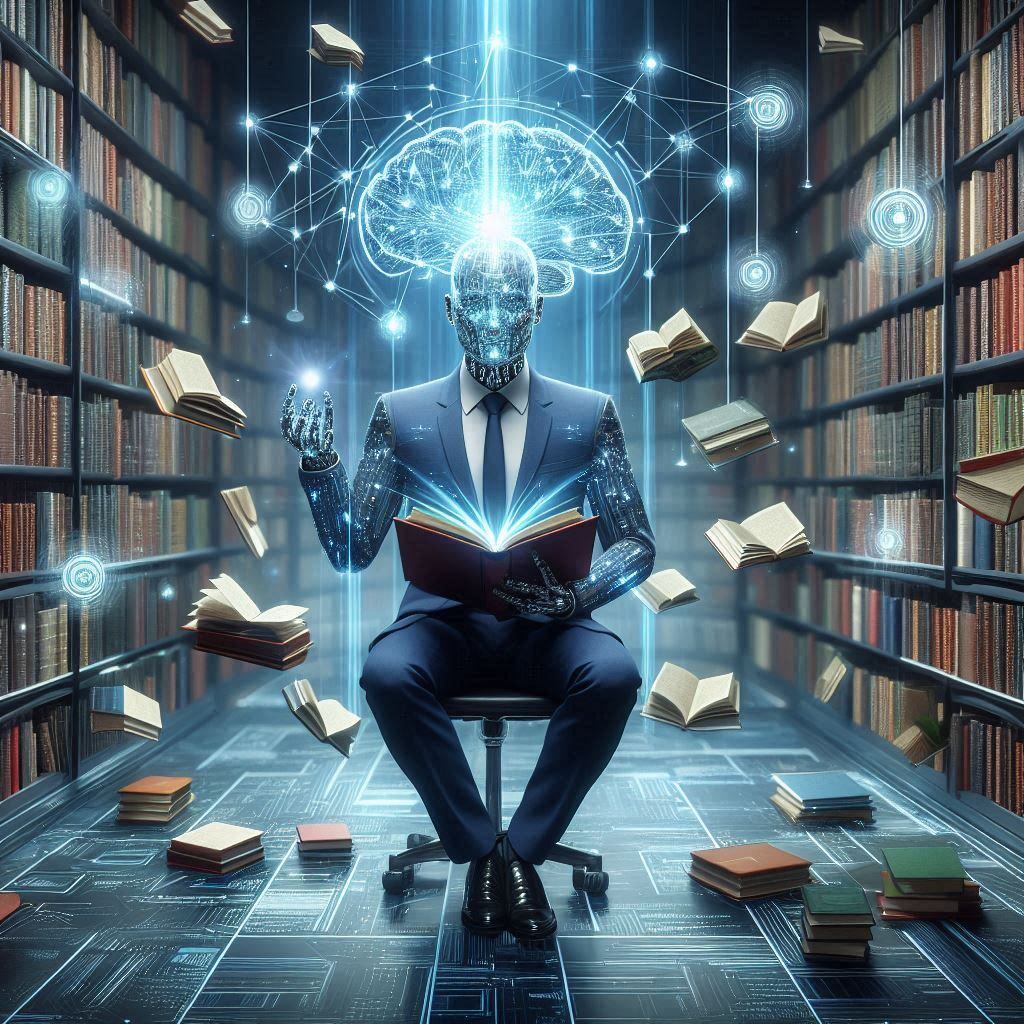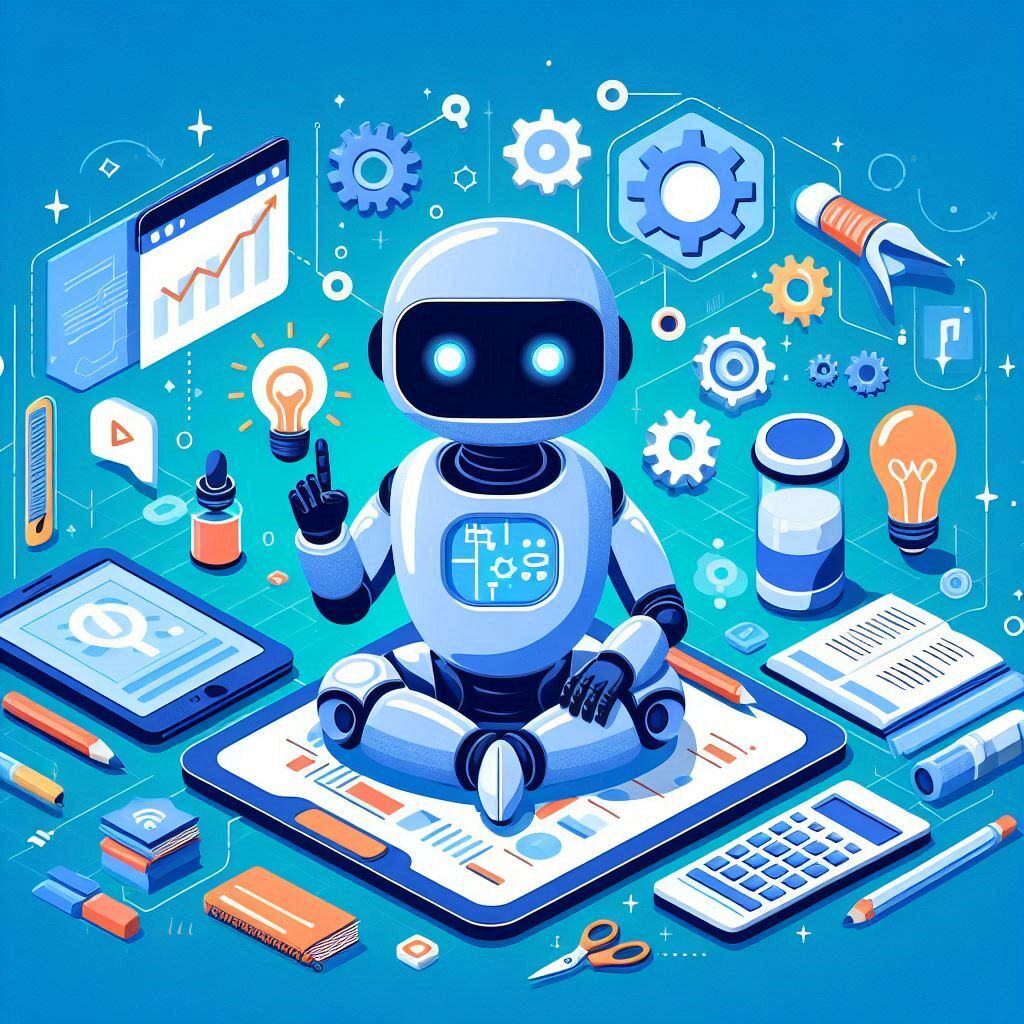AI Knowledge Base: The Core of Intelligent AI Agents
Artificial Intelligence (AI) agents are transforming industries by making informed decisions and performing complex tasks. At the heart of their...
See the differences between AI chatbots and AI agents, and learn which solution best suits your business needs with our in-depth comparison.
Artificial intelligence (AI) is reshaping interactions between businesses and their customers. Two popular AI applications that often get mixed up are AI chatbots and AI agents. While both tools enhance customer experience and optimize operations, they serve distinct purposes. This article explores these differences, presenting a comprehensive comparison and real-world examples to guide your business toward the right solution.
An AI chatbot is designed to handle straightforward tasks by responding to user inputs. Chatbots are frequently embedded within websites, messaging apps, or phone systems to simulate a human-like conversation.
Example:
Domino’s Pizza uses a chatbot to handle orders. It walks customers through the ordering process step by step, asking relevant questions, and placing the order without any human involvement.
AI agents are more advanced. They possess the capability to manage multi-step tasks, initiate actions, and integrate with multiple systems. AI agents adapt to dynamic environments, responding to complex scenarios and making independent decisions.
Example:
Tesla’s autopilot system operates as an AI agent, using real-time data to make decisions, adjust speed, and change lanes without human intervention.
| Feature | AI Chatbot | AI Agent |
|---|---|---|
| Interaction Type | Reactive: Requires user input | Proactive: Can initiate tasks |
| Context Retention | Limited to session | Maintains long-term memory |
| Decision-Making | Simple rule-based decisions | Complex and autonomous decisions |
| Integration | Basic (single application) | Extensive (multiple systems) |
| Task Complexity | Limited to straightforward queries | Handles complex, multi-step workflows |
AI chatbots provide quick and effective customer interactions, helping businesses manage repetitive queries and reduce workloads on support teams.
Case Study: Sephora's chatbot offers product suggestions and allows virtual try-ons. This not only reduces the burden on human staff but also enhances the customer experience by delivering quick, personalized responses.
AI agents go beyond simple communication, handling complex workflows and offering more dynamic interactions.
Case Study:
Bank of America's Erica proactively alerts customers about unusual transactions, offers budgeting insights, and helps users with account management—all without human input.
Let’s explore some specific differences to understand where each solution fits best.
Adaptability to User Input:
Business Integration:
Proactive vs. Reactive:
The decision to use an AI chatbot or agent depends on your business requirements.
When to Use a Chatbot:
When to Use an AI Agent:
Example Decision Tree: If your goal is to automate appointment scheduling, an AI chatbot will suffice. However, if you need to automate employee onboarding across departments, an AI agent is the better fit.
As AI technology advances, the line between chatbots and agents is becoming blurred. New developments in natural language processing (NLP) and machine learning are making chatbots smarter and more autonomous, while AI agents are expanding their scope with advanced capabilities like predictive analytics and real-time decision-making.
Both AI chatbots and agents offer significant value, but they also come with their own complexities and trade-offs. Businesses need to carefully assess these challenges to ensure they select the right solution for their needs.
AI chatbots and agents each have their strengths and ideal use cases. Chatbots excel in handling straightforward customer interactions efficiently, while AI agents are suited for complex, cross-functional automation. Businesses must carefully assess their needs and resources to select the appropriate solution.
By understanding these tools and their applications, companies can enhance their operations, improve customer experiences, and streamline processes. Platforms like Integrail provide no-code solutions to develop both AI chatbots and agents, enabling businesses to implement AI with ease.
Whether you choose a chatbot or an agent, leveraging AI effectively can transform your operations, making them more efficient and responsive to customer needs.

Artificial Intelligence (AI) agents are transforming industries by making informed decisions and performing complex tasks. At the heart of their...

Artificial Intelligence (AI) is transforming industries by automating tasks, enhancing decision-making, and driving innovation. Traditionally,...

Artificial Intelligence (AI) has rapidly evolved from a futuristic concept to a cornerstone of modern business operations. As AI continues to...
Start your journey with Integrail

Try AI Studio by Integrail FREE and start building AI applications without coding.

NEW White Paper: Discover how AI Studio accelerates your workflows